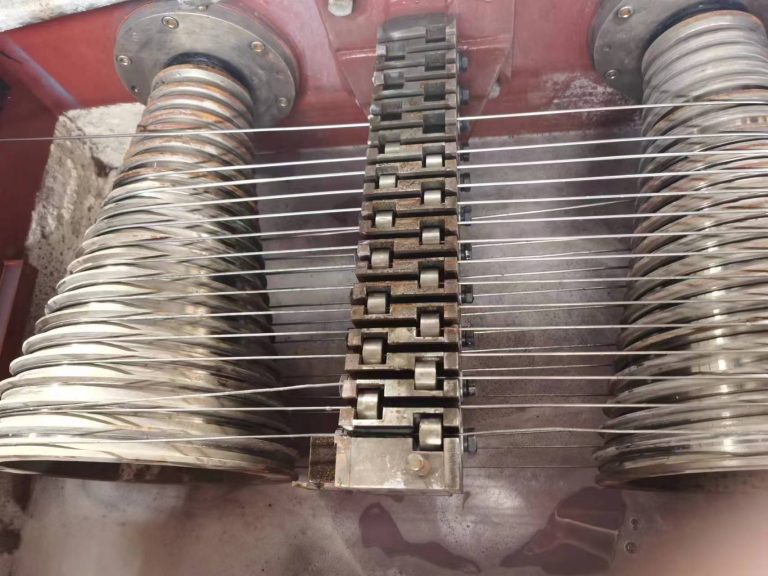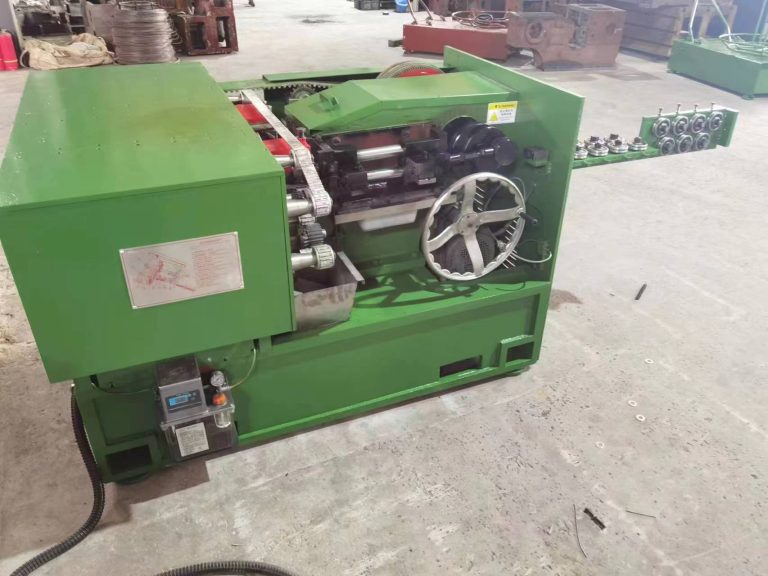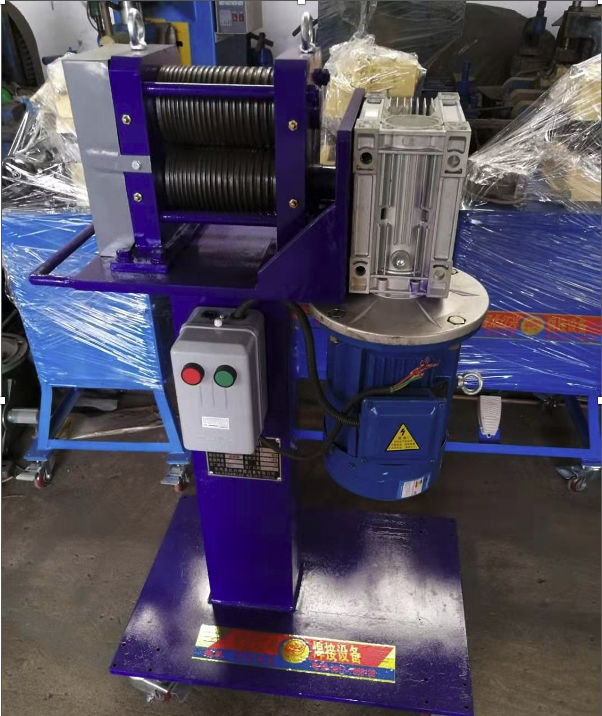Table of Contents
Advantages of Using a Machine to Make Nails
Nail Making Machine is a common and essential component in construction, woodworking, and various other industries. Traditionally, nails were made by hand, a labor-intensive process that required skilled craftsmen to shape each nail individually. However, with advancements in technology, machines have been developed to automate the nail-making process, offering numerous advantages over traditional methods.
One of the primary advantages of using a machine to make nails is efficiency. Machines are capable of producing a large number of nails in a short amount of time, significantly increasing productivity. This is especially beneficial for industries that require a high volume of nails, such as construction and manufacturing. By using a machine to make nails, businesses can meet their production demands more effectively and efficiently.
In addition to efficiency, machines also offer consistency in nail production. Handmade nails can vary in size, shape, and quality, depending on the skill of the craftsman. In contrast, machines are programmed to produce nails of uniform size and shape, ensuring consistency in the final product. This consistency is crucial in industries where precision and accuracy are paramount, as it helps to maintain the structural integrity of the finished product.
Another advantage of using a machine to make nails is cost-effectiveness. While the initial investment in a nail-making machine may be significant, the long-term cost savings can be substantial. Machines require minimal maintenance and can operate continuously, reducing labor costs and increasing overall efficiency. Additionally, the consistent quality of machine-made nails can help to reduce waste and minimize the need for rework, further lowering production costs.
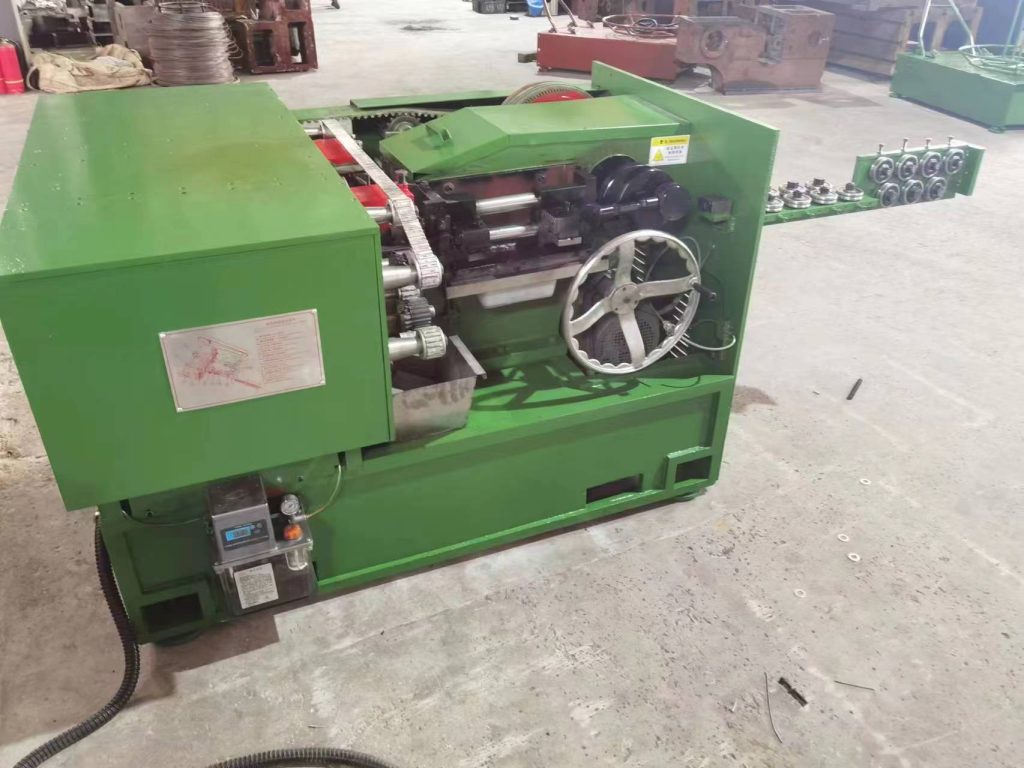
Furthermore, machines offer versatility in nail production. With the ability to adjust settings and parameters, machines can produce nails of various sizes, shapes, and materials to meet specific requirements. This flexibility allows businesses to adapt to changing market demands and customize their products to suit different applications. Whether it’s a small finishing nail for woodworking or a large concrete nail for construction, a nail-making machine can be easily adjusted to accommodate different needs.
Additionally, using a machine to make nails can improve workplace safety. Handmade nails require manual handling and manipulation, which can pose a risk of injury to workers. By automating the nail-making process, machines eliminate the need for manual labor and reduce the risk of accidents and injuries in the workplace. This not only protects the well-being of employees but also helps to maintain a safe and efficient working environment.
In conclusion, the advantages of using a machine to make nails are numerous and significant. From increased efficiency and consistency to cost-effectiveness and versatility, machines offer a range of benefits that can help businesses improve their production processes and enhance the quality of their products. By investing in a nail-making machine, businesses can streamline their operations, increase productivity, and stay competitive in today’s fast-paced market.
How to Choose the Right Machine for Nail Production
Nail production is a crucial aspect of the construction and manufacturing industries. The quality and efficiency of nail production can significantly impact the overall success of a project. One key factor in nail production is the machine used to manufacture the nails. Choosing the right machine for nail production is essential to ensure high-quality nails are produced efficiently and effectively.
When selecting a machine for nail production, there are several factors to consider. One of the most important factors is the type of High Speed Nail Making Machine that will be produced. Different machines are designed to produce different types of nails, such as common nails, finishing nails, or roofing nails. It is essential to choose a machine that is specifically designed to produce the type of nails needed for the project.
Another important factor to consider when choosing a machine for nail production is the production capacity of the machine. The production capacity of a machine is the number of nails that can be produced in a given amount of time. It is crucial to choose a machine with a production capacity that meets the needs of the project. If the machine’s production capacity is too low, it can lead to delays in production and increased costs.
In addition to production capacity, it is also essential to consider the speed of the machine. The speed of the machine refers to how quickly the machine can produce nails. A machine with a higher speed can produce nails more quickly, which can help increase efficiency and reduce production time. However, it is important to balance speed with quality to ensure that the nails produced meet the required standards.
The quality of the nails produced by the machine is another critical factor to consider. High-quality nails are essential for ensuring the structural integrity and longevity of a project. It is important to choose a machine that is capable of producing high-quality nails consistently. This can help prevent issues such as nail breakage or corrosion, which can compromise the integrity of the project.
When choosing a machine for nail production, it is also important to consider the cost of the machine. The cost of the machine includes not only the initial purchase price but also ongoing maintenance and operating costs. It is essential to choose a machine that offers a good balance between cost and quality. Investing in a high-quality machine may require a higher initial investment but can lead to long-term cost savings through increased efficiency and reduced maintenance costs.

In conclusion, choosing the right machine for nail production is essential for ensuring high-quality nails are produced efficiently and effectively. When selecting a machine, it is important to consider factors such as the type of nails to be produced, production capacity, speed, quality, and cost. By carefully evaluating these factors and choosing a machine that meets the needs of the project, you can ensure that the nail production process runs smoothly and successfully.
The Future of Nail Manufacturing: Trends and Innovations
In recent years, the nail manufacturing industry has seen significant advancements in technology that have revolutionized the way nails are produced. One of the most notable innovations in this field is the development of machines that can automate the nail-making process, increasing efficiency and reducing costs for manufacturers. These machines have the potential to reshape the industry and drive further growth and innovation in the coming years.
One of the key trends in nail manufacturing is the shift towards automation. Traditionally, nails were made by hand, a labor-intensive process that required skilled workers to shape and cut each nail individually. However, with the advent of nail-making machines, manufacturers can now produce nails at a much faster rate and with greater precision. These machines are capable of producing thousands of nails per hour, significantly increasing production capacity and reducing the need for manual labor.
Another trend in nail manufacturing is the use of advanced materials and coatings to improve the quality and durability of nails. In the past, nails were typically made from carbon steel, which is prone to rust and corrosion over time. However, manufacturers are now experimenting with new materials such as stainless steel and aluminum, which offer superior strength and resistance to rust. Additionally, coatings such as zinc and galvanized steel are being applied to nails to further enhance their durability and longevity.
In addition to automation and advanced materials, sustainability is also a growing trend in the nail manufacturing industry. As consumers become more environmentally conscious, manufacturers are under increasing pressure to reduce their carbon footprint and minimize waste. One way that companies are addressing this issue is by developing machines that are more energy-efficient and produce less waste during the manufacturing process. Additionally, some manufacturers are exploring the use of recycled materials in nail production to further reduce their environmental impact.
Looking ahead, the future of nail manufacturing is likely to be shaped by further advancements in technology and innovation. One area that holds great promise is the development of smart manufacturing systems that can optimize production processes and improve quality control. These systems use sensors and data analytics to monitor and adjust production in real-time, ensuring that nails are made to the highest standards of quality and consistency.
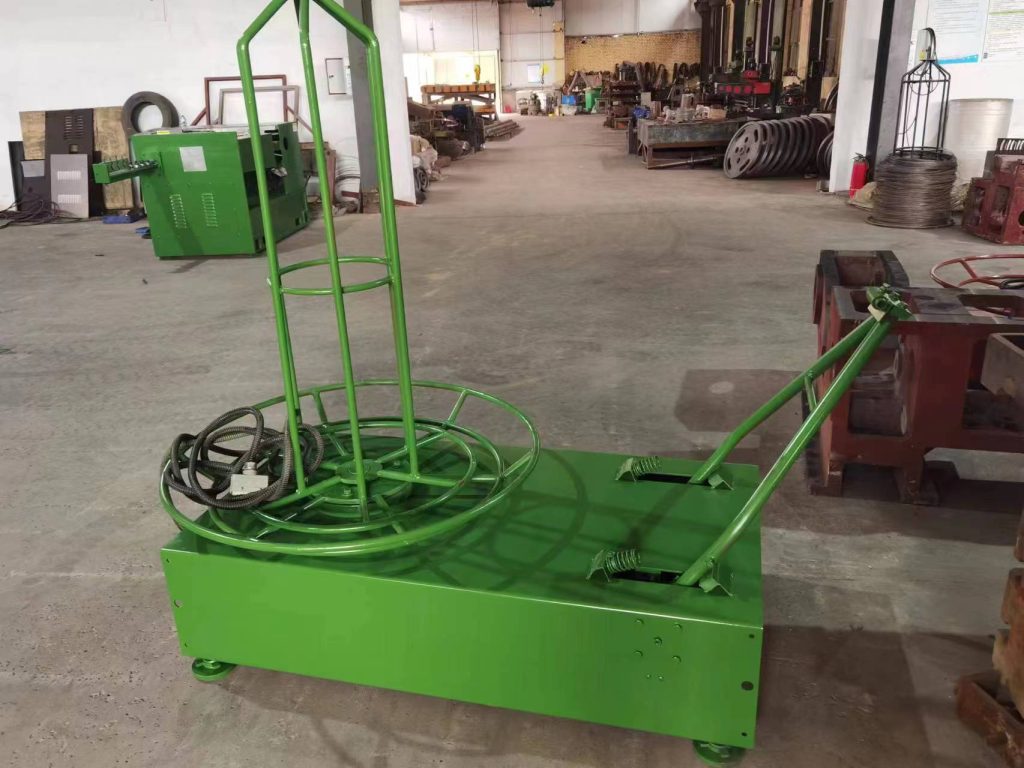
Another exciting development in nail manufacturing is the use of 3D printing technology to create custom-designed nails for specific applications. This technology allows manufacturers to produce nails with complex shapes and features that would be difficult or impossible to achieve using traditional manufacturing methods. 3D printing also offers the potential for on-demand production, allowing manufacturers to quickly respond to changing market demands and produce nails in small batches as needed.
In conclusion, the nail manufacturing industry is undergoing a period of rapid change and innovation, driven by advancements in technology and a growing focus on sustainability. Machines that automate the nail-making process, advanced materials and coatings, and smart manufacturing systems are just a few of the trends shaping the future of nail manufacturing. As manufacturers continue to embrace these trends and explore new technologies, the industry is poised for further growth and evolution in the years to come.

